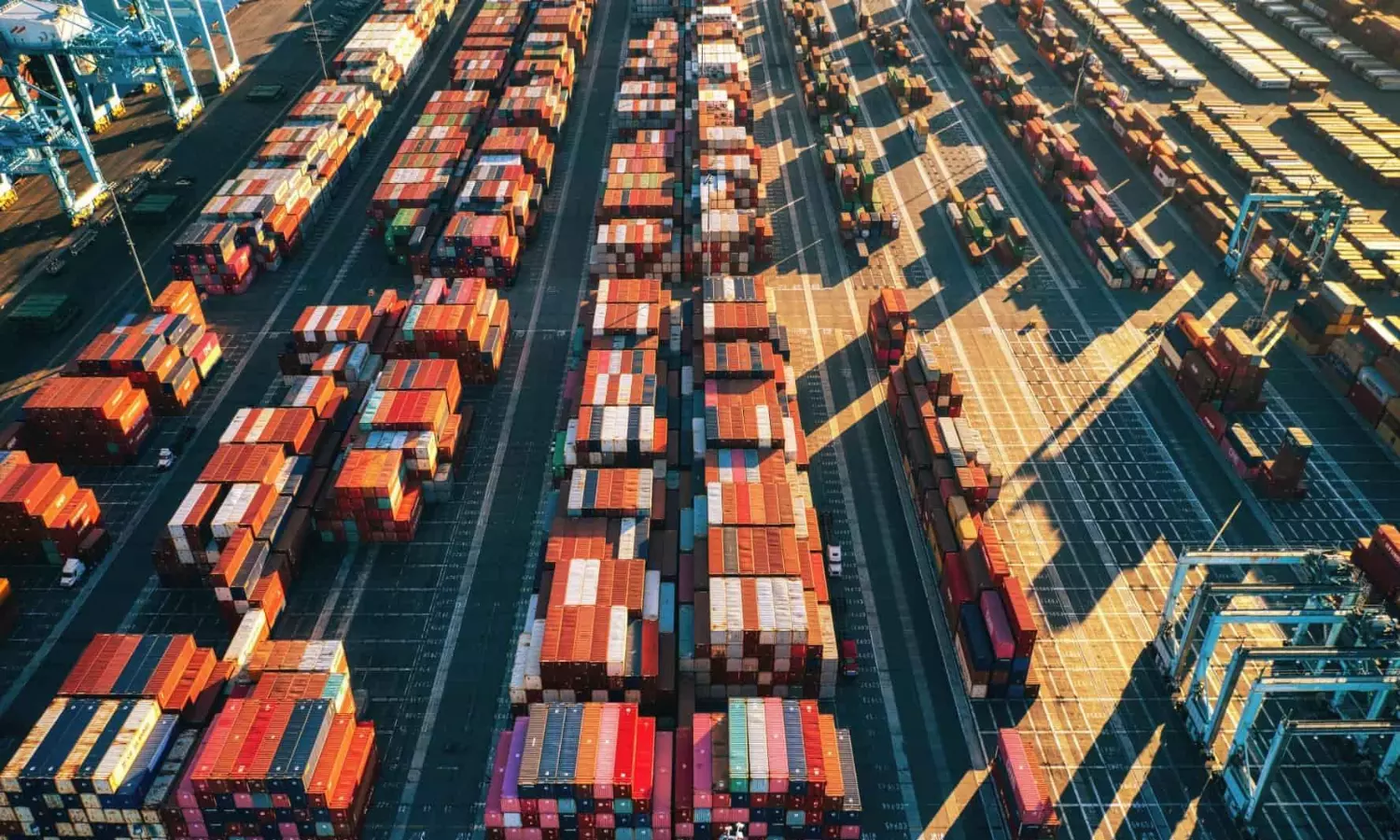Container rates to ease in H22024: Container xChange
Market outlook for second half of 2024 is heavily contingent on revival in consumer demand

If the current market conditions persist without major changes, container rates are likely to ease, according to the latest update from Container xChange.
"This reduction in rates could trigger an uptick in container buyer activity as the buyer side is currently waiting for prices to decline before resuming trading and leasing activities."
The market outlook for the second half of the year is heavily contingent on a revival in consumer demand, the update added. "Several factors will influence this period, including ongoing geopolitical disruptions and potential labour unrest.
"Firstly, we foresee the Houthi attacks to continue and disrupt supply chains with no foreseeable resolution, exacerbating market uncertainties. Additionally, labour unrest in the U.S. east and gulf ports remains a significant potential disruption, with the possibility of flare-ups impacting supply chains further in the latter half of 2024."
The global container fleet grew by 10.6 percent between June 1, 2023 and June 1, 2024, according to the report, quoting Alphaliner data. "We anticipate that the introduction of more container fleets into the market will help alleviate some of the price pressures, potentially stabilising the market and fostering increased trading activity."
H1 recap
Hong Kong and Vietnam witnessed the largest month-on-month spike in average container prices in June. India also faced a rise in average container prices spiking by 21 percent from May to June. In Singapore, while there has been a steady rise of 31 percent in container prices since October 2023, the increase from May to June 2024 was a more moderate seven percent.
"As we move into July, we're seeing a continued rise in freight rates, container prices and leasing rates, driven by ongoing geopolitical tensions and resulting supply chain disruptions," says Christian Roeloffs, Co-Founder and CEO, Container xChange. "The diversions around the Cape of Good Hope and the resulting congestion in major ports have created a perfect storm, causing importers in the U.S. and Europe to pull forward orders in H1 typically reserved for Q3. This has led to a notable supply-demand imbalance.
"While we might see a peak in July followed by a reduction in freight rates due to easing congestion and reduced demand, the ongoing conflict in the Middle East and potential new disruptions such as labour strikes could prolong these challenges. The container shipping industry remains on high alert, adapting to an ever-changing landscape."


